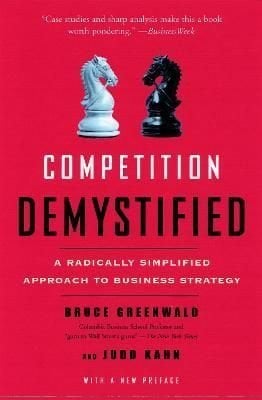This book has evolved from an interest in formalizing theories of real esÂ- tate financing and investment. While real estate has characteristics of illiÂ- quidity and heterogeneity, recent developments have created markets for financial claims on property assets. These financial claims render real esÂ- tate similar to other assets. These financial claims render real estate similar to other assets. Yet real estate markets retain degrees of ineffiÂ- ciency, suggesting possibilities for arbitrage opportunities. Such possiÂ- bilities are examined in the book. If sellers are prohibited by statute from transferring existing financing to buyers, they tend to hold properties longer when contract interest rates on loans exceed those prevailing in the market. Methods are required to account for and measure the quantity of mortgage equity arising from such favorable financing. Holders of mortgage backed securities face risks on both sides of interest rate movements. Should interest rates fall, debtors refinance. If interest rates rise, debtors do not refinance, and the holders of mortgage backed securities suffer capital losses. Hedging strategies are reÂ- quired. Mortgage warrants and option pricing mechanisms are discussed, and various equity unlocking mechanisms, such as collateralized mortÂ- gage obligations.












